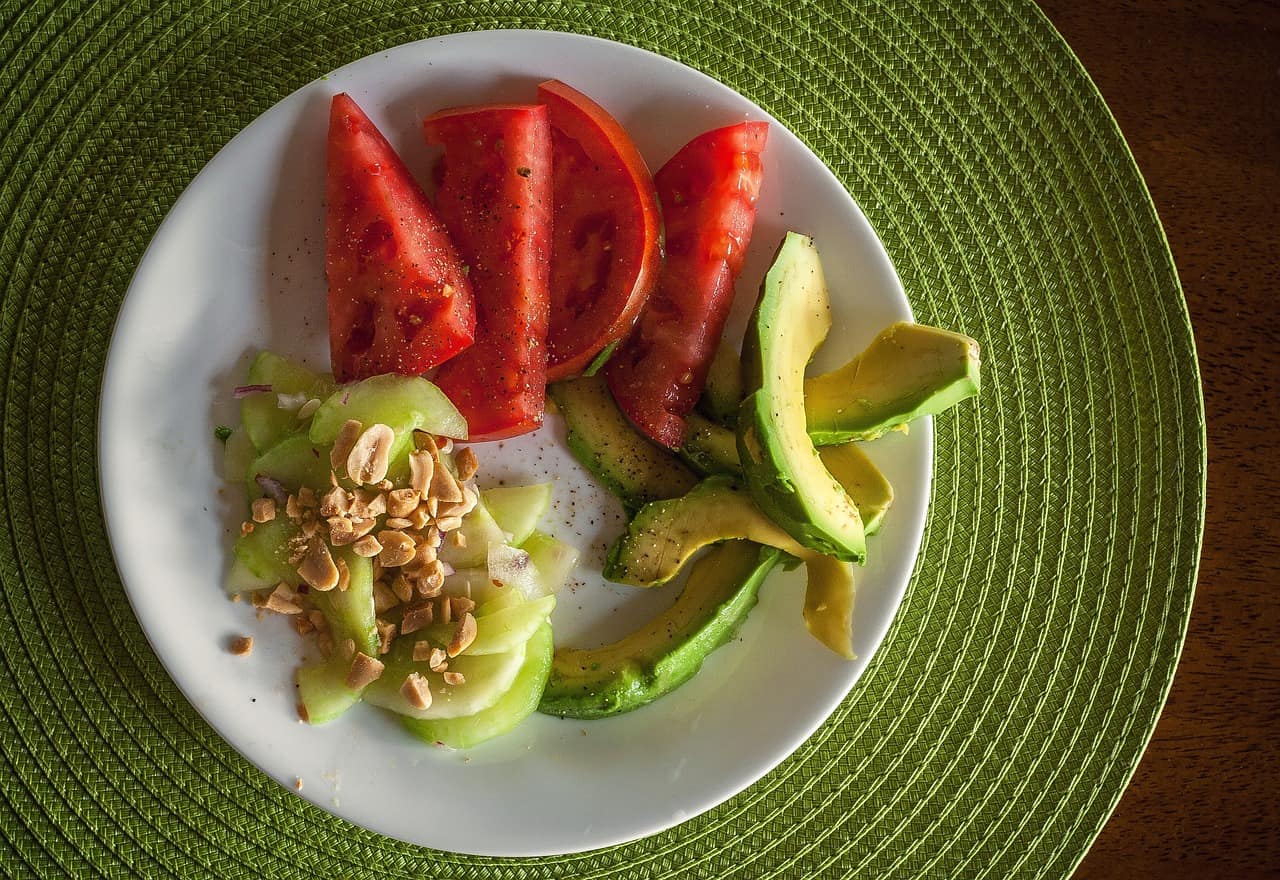
Psychologists at Stanford University significantly improved reception of vegetables simply by jazzing up the name. According to the study of 28,000 diners, “labeling vegetables indulgently resulted in 25% more people selecting the vegetable than in the basic condition”.
The study was published this month in JAMA Internal Medicine journal, with the title Association Between Indulgent Descriptions and Vegetable Consumption: Twisted Carrots and Dynamite Beets (open access).
The work explores how food choices changed according to how the food was described. Results show people will eat more vegetables if they are given a gourmet or decadent description, such as crispy, buttery, rich, sizzlin’, tangy or zesty.
According to the authors, the results “represent a robust, applicable strategy for increasing vegetable consumption in adults: using the same indulgent, exciting, and delicious descriptors as more popular, albeit less healthy, foods”
“The majority of people prioritize taste over health when deciding what to eat,” explains Brad Turnwald, lead author of the study, “We suspect that the effects were not just because the words were fancier, but that they evoked specific themes of taste and indulgence that motivated diners to choose them more than the health-labeled vegetables,”

Vegetables with indulgent names like “Zesty ginger-turmeric sweet potatoes” were tested against a basic description (i.e. sweet potatoes), a healthy restrictive name (i.e. “cholesterol-free sweet potatoes”) and a healthy positive name (i.e. “wholesome sweet potato superfood”).
Not only did more diners help themselves to indulgent vegetables, but they also chose bigger portions. The study says “People served themselves indulgently labeled foods 25% more often than they did foods with a basic description, 31% more often than foods with a healthy, but a positive description, and 41% more often than foods with a healthy, yet restrictive spin.”
The strategy is low-cost and challenges the perception that people are choosing these foods strictly based on nutrition. But really, it’s not surprising that better marketing can win over even those who opt for the salad bar.
“We would encourage restaurants and food service establishments to advertise their healthiest products with more of a focus on the inherent tasty and indulgent properties of the food, rather than focusing on the health properties,” says Turnwald.
What are your thoughts? Please comment below and share this news!


